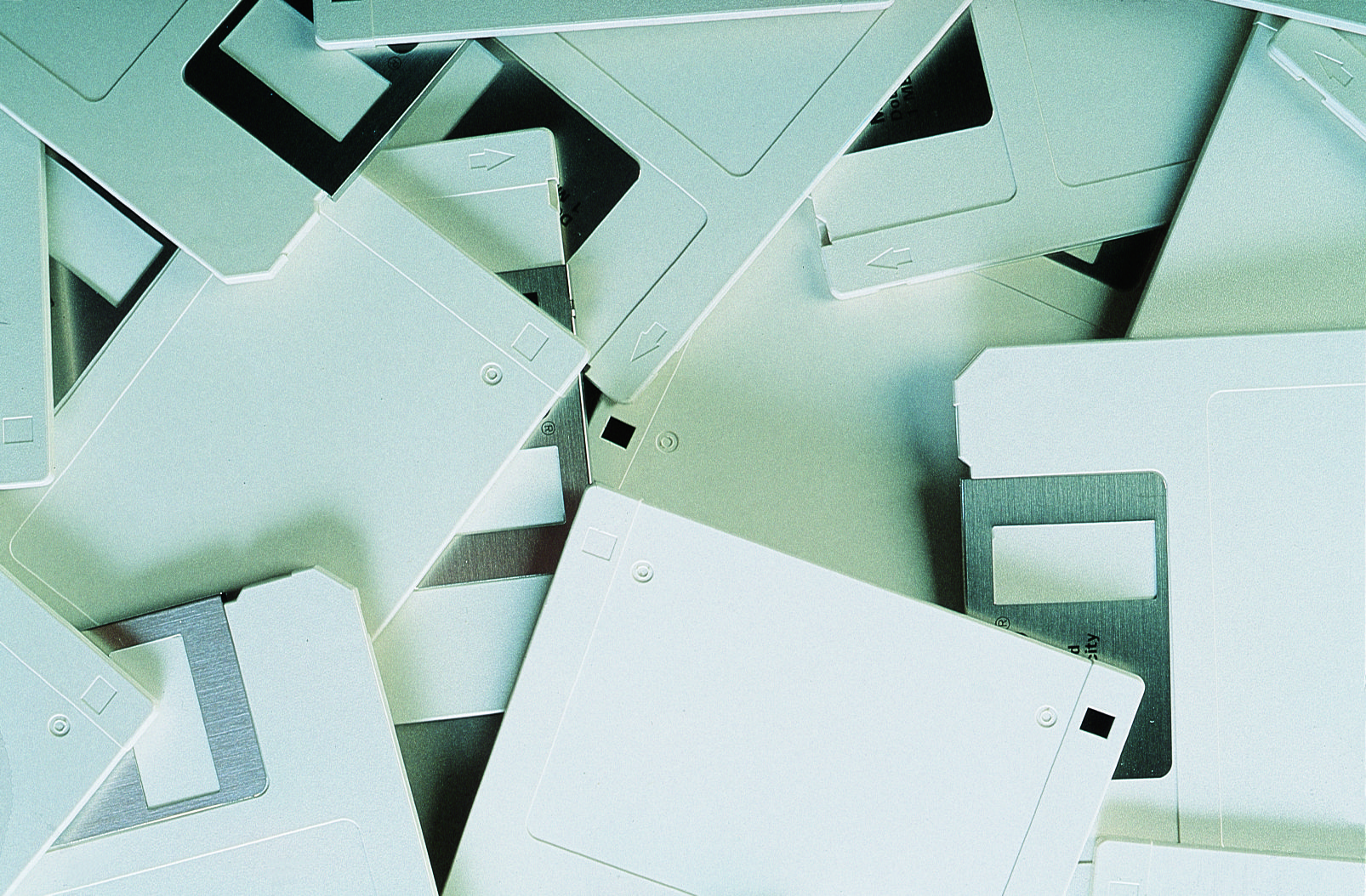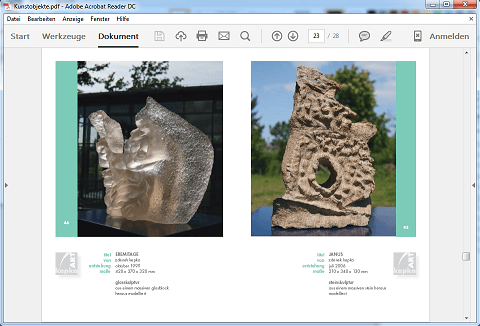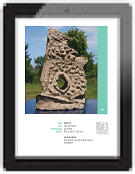Archiving with PDF / A
PDF is an excellent archive format, because the documents can be created from nearly all programs and searches the contents of standard functions and extracted again. All pages, text and graphic objects contained in a PDF can be printed and used again, regardless of platform.
An important role is played by the ISO standard PDF / A. This standard is a subset of PDF and describes the requirements for a document to a long-term reproduction is ensured. This includes, for example, the duty to embed fonts. Comprehensive information can be found „compact PDFA“ on the website of the PDF Association and the brochure.
Why PDF or PDF / A?
- Long-term archiving: PDF / A was developed with the goal of a secure reproduction and allows the user-friendly document storage for long, technologically unpredictable periods.
- Environmentally friendly: PDF / A as a digital counterpart to the paper is easy to handle, saves space due to small file sizes and allows finally the rapid implementation of paperless processes.
- Unified Archive: PDF / A can be generated, thus simplifying the management of each application. It thus allows the merging of digital and (paper) scanned documents in an archive.
- Compliance is testable: PDF / A is described technically accurate and provides the opportunity for automated validation. Changes or errors are detected immediately by test programs and if possible corrected.
- ISO standard PDF / A (ISO 19005) and PDF (ISO 32000) are – unlike TIFF – globally recognized standard for long-term archiving of digital documents. Further ISO standards for prepress and accessibility seize additional applications.
- Revision security: PDF alone does not guarantee auditability. Here it is important to consider the processes. However, the documents are searchable and can include various metadata. The document format thus forms a solid foundation for compliance and auditability.













